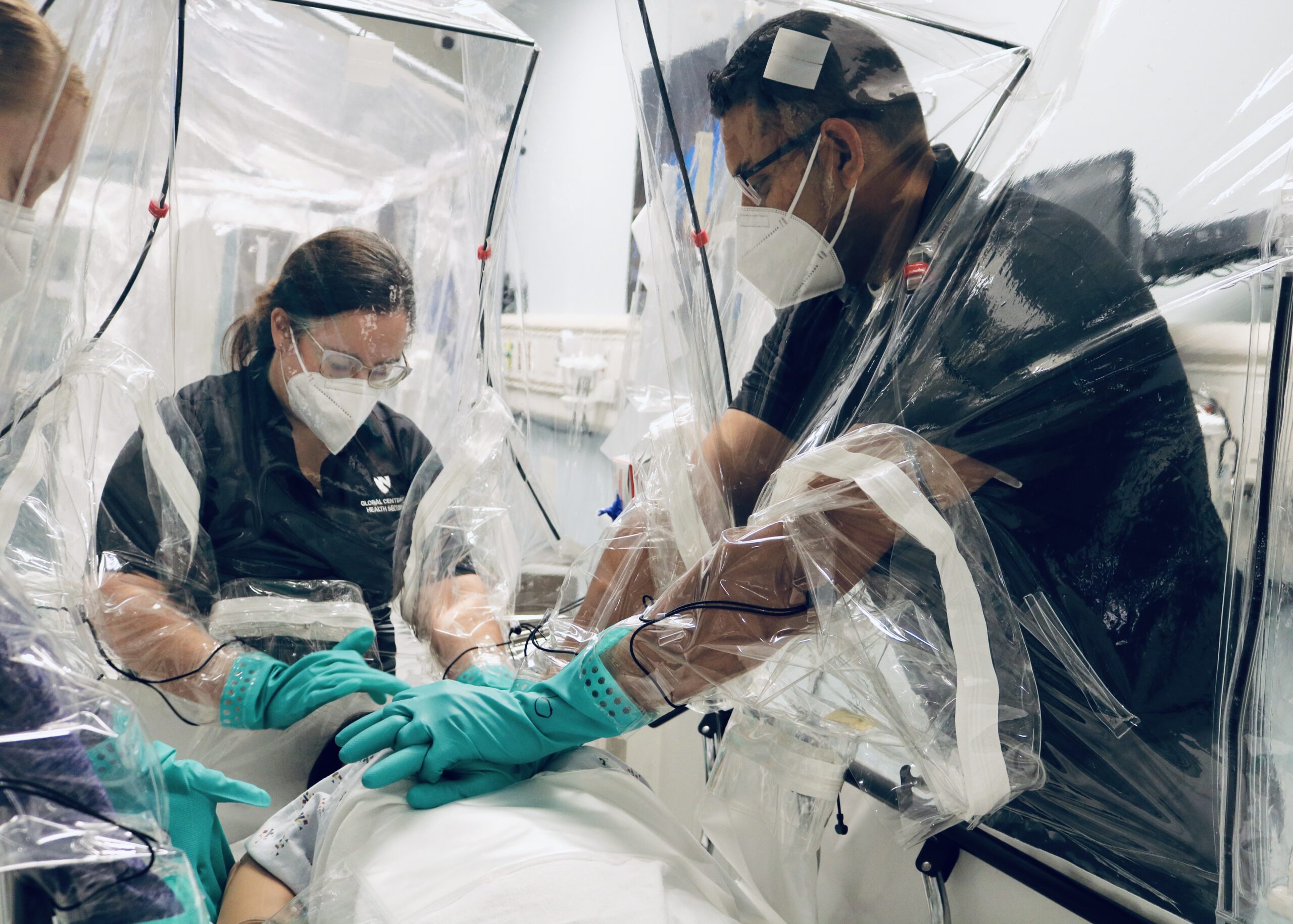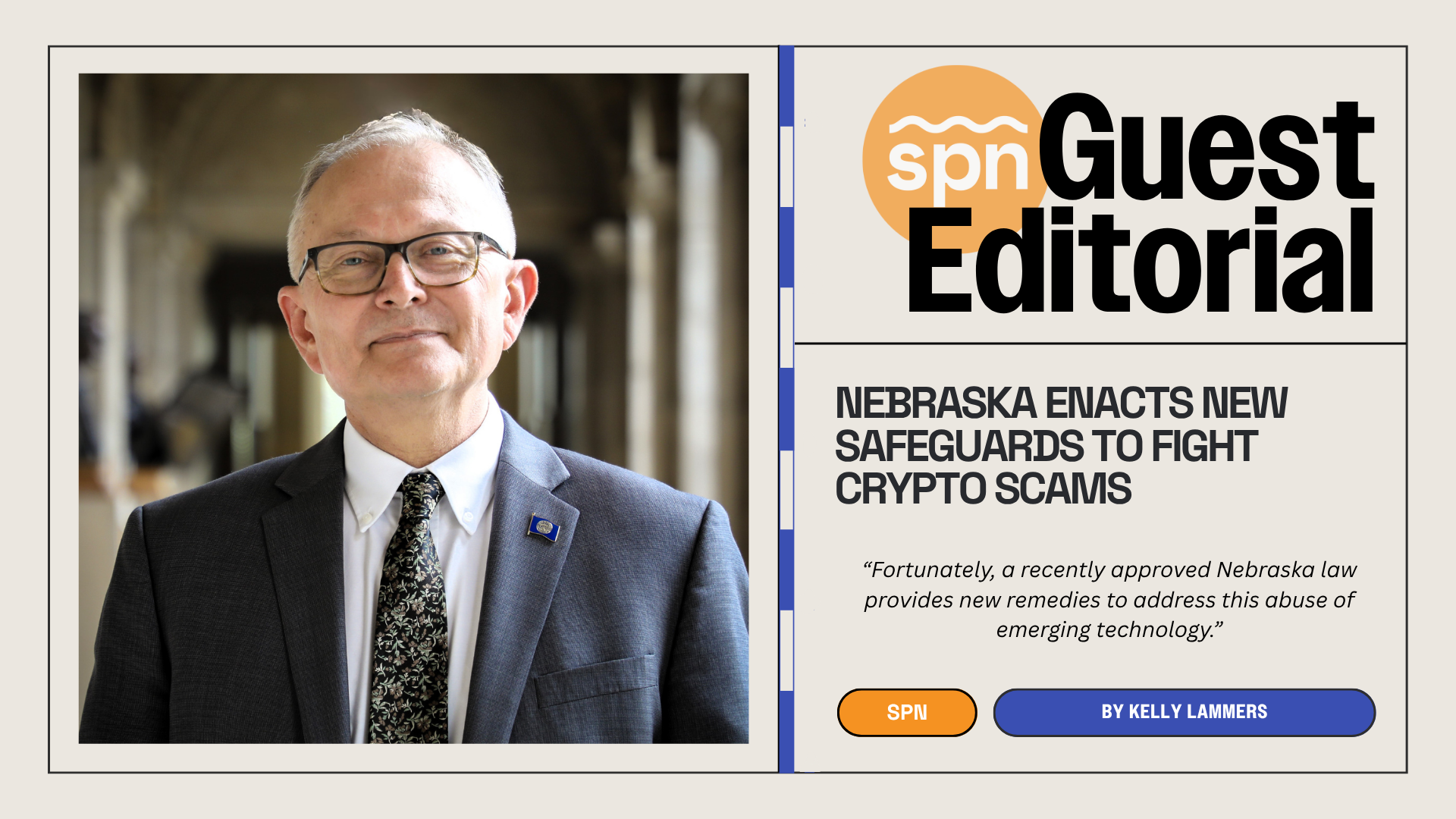
Christian Gray (left), a dear personal friend and member of the Silicon Prairie News community, has had multiple conversations with me around issues of the “digital divide” in the Omaha community. It’s an issue not easily solved and something that I challenge us to think about as we work towards developing new and better technology, resources and businesses.
I’ve asked Christian to share more of his thoughts as well as the approach that inCOMMON is taking to address the issues.
Bridging the ‘Digital Divide’
By Christian Gray, inCOMMON Executive Director
“The ‘digital divide’ refers to the social inequality of access to cyberspace. Certainly in the early years of the Internet heavy users were predominantly younger, highly educated, upper-income white males. An exhaustive 1997 study by the Census Bureau found that the least connected group in American society were the rural poor, rural and inner-city racial minorities, and young, female-headed households. Moreover, these gaps by education, income, race, and family structure appeared to be widening, not narrowing… Sociologist Manuel Castells argues forcefully that: because access to computer-mediated communication is culturally, educationally, and economically restrictive, and will be so for a long time, the most important cultural impact of computer-mediated communication could be potentially the reinforcement of the culturally dominant social networks. This specter of a kind of cyberapartheid, in which bridging social capital is diminished as elite networks become less accessible to the have-nots, is indeed frightening. For that very reason, however, it is widely recognized as a key challenge that must be addressed.”
– Robert Putnam, Bowling Alone
Responding to this challenge posed by Robert Putnam, social entrepreneurial groups, such as inCOMMON Community Development, are experimenting with ways to use technology to bridge the gap between the historically “connected” and “non-connected.” inCOMMON, a grassroots nonprofit in Omaha, Nebraska, works to strengthen vulnerable neighborhoods through the development of relationships – or social capital – in order to overcome situations of crippling isolation experienced by people who live in areas of concentrated poverty. In order to cultivate these relationships between residents and outsiders (“bridging” social capital), it has been critical for inCOMMON to employ social media technologies that help bring the non-connected (impoverished residents) into the world of the connected (resourced outsiders).
One tool combination inCOMMON has employed for this purpose is recording residents’ stories of neighborhood life using Flip video cameras and posting those recordings on social media sites including Facebook, YouTube, Vimeo, LinkedIn, and Twitter. Sharing neighbor stories across the digital divide affirms that neighbors must tell their own stories – stories that are full of value, dignity and truth – stories we, as a community, must hear (watch Arlene’s story here: facebook.com/group.php?gid=146740092002710). In addition, by sharing these stories as told by neighbors through social media outlets, a much broader community is given the opportunity to interact with ideas, perspectives and realities born in the local neighborhood context. The result is in a new conversation and opportunity for creative engagement between community members and perspectives that have not previously interacted on any level, let alone a meaningful one.
In simple but intentional ways groups like inCOMMON are creatively discovering how to use social media to bridge the technological access gaps existing for community members living in isolated or marginalized neighborhoods. What once were untold (or at least unheard) stories of life in under-resourced neighborhoods are now stories and experiences being carried across socioeconomic (and other) boundaries in ways once unimaginable. Thanks to innovative uses of existing technology within “offline” communities, the bridge over the digital divide is being built, brick by brick, story by story, bringing us together in a fuller, more meaningful way.
I’d like to challenge our business community to stay ahead of this issue and encourage any ideas and comments to be shared with both Christian and I as we move forward as a collective community.



